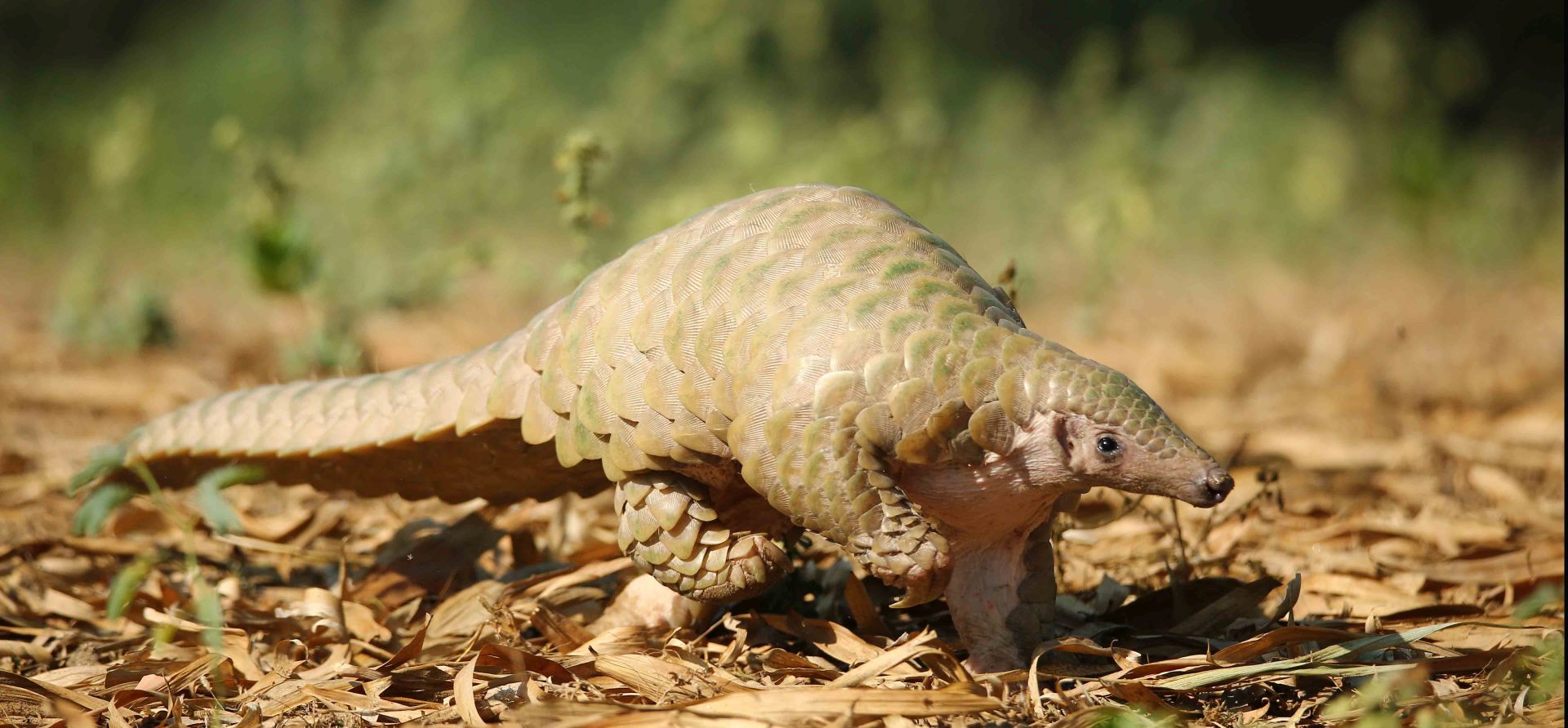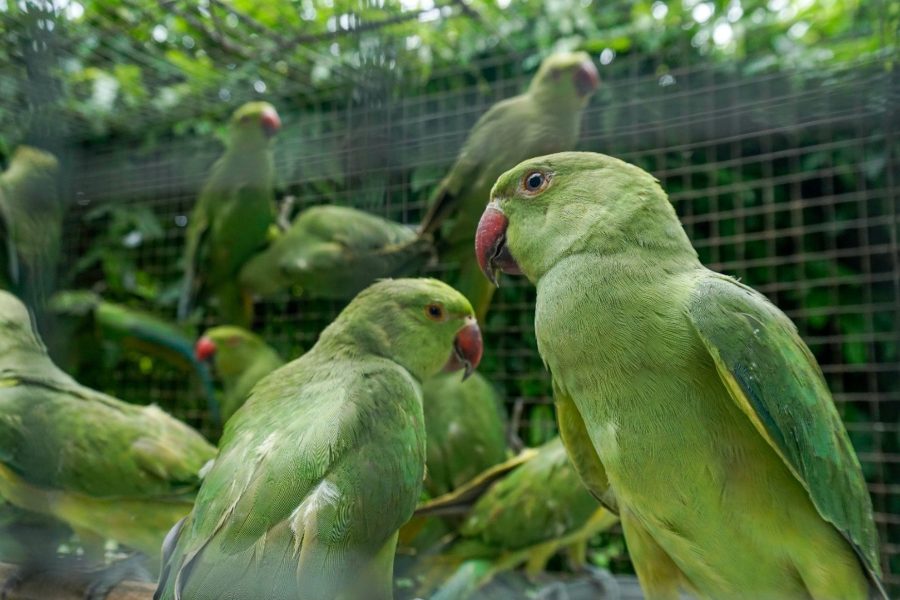‘Threatened’. ‘Endangered’. ‘Vulnerable’. ‘Critically endangered’.
These are the adjectives used to describe the status of some of the most magnificent animal species which call India their home. However, these very words are like a dark cloud looming over these animals. This begs the question – are we supposed to know them only because of the perils that they face today? Is that how we are supposed to remember them? In order to prevent that from happening, we are going to talk about some of the most endangered animals found in India today.
Gangetic River Dolphin
Family: Platanastidae
IUCN status: Endangered
The Gangetic River Dolphin (Platanista gangetica) is the National Aquatic Animal of India. According to paleontologists, the Ganges dolphin separated from the Indus dolphin during the Pleistocene epoch, around 550,000 years ago. These dolphins once inhabited the Ganga-Brahmaputra-Meghna and Karnaphuli-Sangu rivers systems in India, Bangladesh and Nepal. But today, this aquatic mammal is extinct from most of its early distribution ranges and has less than 2,000 individuals left in the wild. In India, it resides in one of the most overpopulated areas in the world and its natural habitat, the river, faces extreme pressures from overpopulation of human beings. Anthropogenic factors such as water pollution, removal of river water, siltation due to deforestation, and construction of dams and hydroelectric plants severely threaten the survival of these cetaceans. Moreover, ship traffic and entanglement in fish nets are also factors which deteriorate the conditions even more.
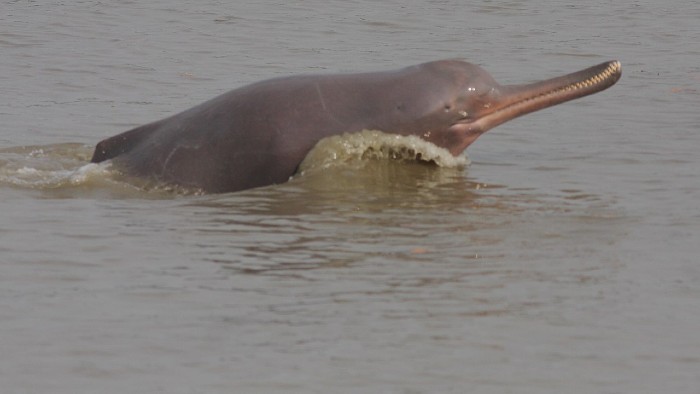
Indian Pangolin
Family: Manidae
IUCN status: Endangered
The Indian Pangolin (Manis crassicaudata) is a scaly anteater and insectivorous in nature. But it’s their scales which have made them a victim of unspeakable horrors and earned them the tag of ‘the most trafficked mammal’. Pangolins are hunted and poached for their scales and despite no evidence of medicinal properties, are used in traditional Chinese medicine. Moreover, these mammals are also hunted in north-eastern and central India for their meat. Even after having stringent laws in place, pangolins continue to be hunted blatantly. What’s more worrying is the fact that their estimated wild population is still unknown. Wildlife SOS has worked to protect this threatened species by generating awareness, and rescuing them from conflict scenarios and wildlife traffickers.
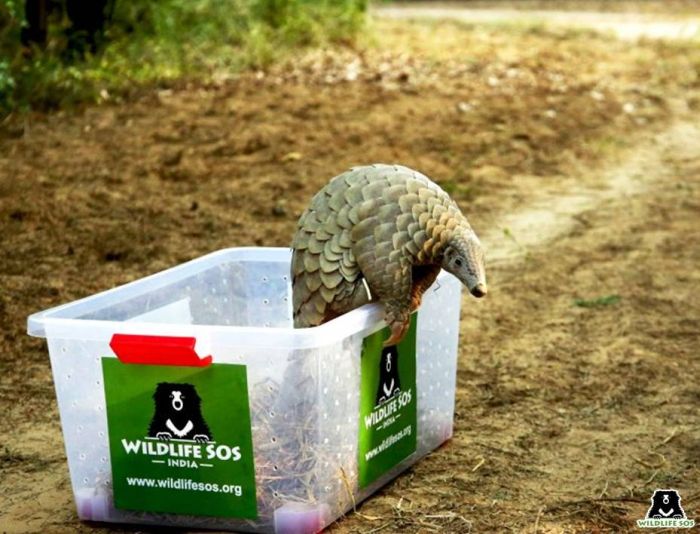
Red Panda
Family: Ailuridae
IUCN status: Endangered
A lesser known fact about this elusive mammal is that Red Panda (Ailurus fulgens) is the state animal of Sikkim. Despite its name, however, it is not related to the Giant panda of China (which is in the bear family). In fact early 20th century scientists placed the animal under the raccoon family due to their external physical features. But proper genome sequencing later revealed that it belonged to a separate family of its own. Almost 50% of the red panda’s habitat lies in the Eastern Himalayas. According to estimates, less than 10,000 individuals remain in the wild and the elusive nature of this species makes it even more difficult to study the animal. Its habitat is spread across Sikkim, northern West Bengal and Arunachal Pradesh in India. But it is threatened by several human-induced factors such as population increase, deforestation and illegal logging, which lead to destruction and fragmentation of their habitat.
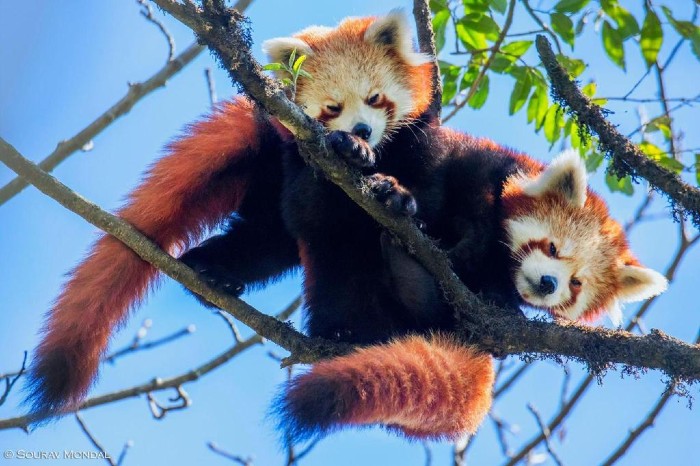
Great Indian Bustard (GIB)
Family: Otididae
IUCN status: Critically Endangered
Pride of the Great Indian or Thar Desert, the Great Indian Bustard (Ardiotis nigriceps) is among the heaviest of the flying birds. In fact the word ‘bustard’ is French for slow, since they mostly walk and are slow because of their weight. Just like how the tiger has become the poster boy of conservation for many habitats and landscapes across India, the GIB holds the same significance for the Thar desert landscape. The reason being, not more than 150 individuals remain in the wild. Close to 130 out of the 150 are found in the Thar desert, the rest being scattered across Gujarat and Maharashtra. Some of the major threats that this bird faces are livestock grazing and habitat encroachment. Cattle owners pressurize the habitat by taking their livestock for feeding inside the Desert National Park. But the GIB’s greatest enemy are power lines. Due to poor frontal vision, they cannot spot power lines from afar and immediate electrocution occurs upon collision. All these factors have made survival even more difficult for this bird.
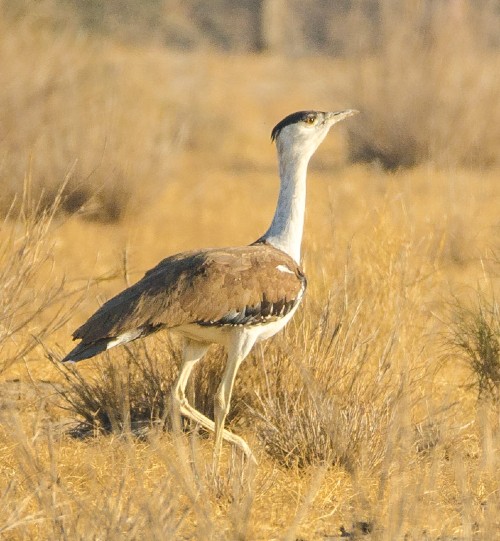
Bengal Tiger
Family: Felidae
IUCN status: Endangered
The status of the Bengal Tiger (Panthera tigris tigris) is a globally known situation by now. Today, the global population of tigers are at approximately 4,000 out of which nearly 2,900 tigers are found in India alone. Despite conservation measures such as Project Tiger, which helped India’s tiger numbers rejuvenate, tigers are still extremely threatened. The illegal demand for tiger parts leads to poaching of India’s wild tigers. Demand in traditional Chinese medicine, tiger trophies, skins and petting of captive tigers in USA’s zoos are other factors driving demand. A sad reality is, the population of tigers in the wild is almost half the number of captive tigers in USA, which is estimated to be 7,000-10,000. Found only in the continent of Asia, today tigers have disappeared from south-west and Central Asia, and parts of south-east Asia (such as the Javan and Bali tiger). Wildlife SOS also does its bit in terms of tiger conservation. Our anti-poaching unit Forest Watch has helped seize tiger skins in various raids in the past. We have also administered off-site treatment to tigers, the most recent one being last year, wherein Wildlife SOS veterinarians assisted Van Vihar National Park authorities.
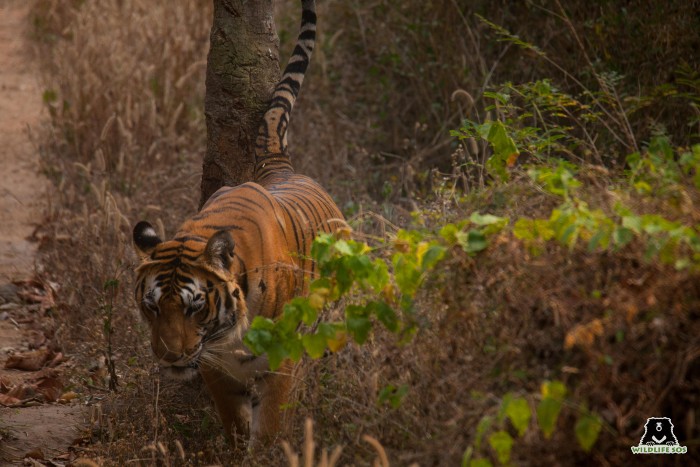
Gharial
Family: Gavialidae
IUCN status: Critically Endangered
The name Gharial (Gavialis gangeticus) is derived from the Hindi word ‘ghara’ which means an earthen pot, due to its resemblance with the protruding part of an adult male’s snout. This crocodilian species was perilously close to extinction when its numbers had drastically dwindled in 2004. This happened due to the rampant dumping of the banned drug diclofenac in Uttar Pradesh’s Chambal river, one of the prime habitats of gharials. This led to a drastic rise in gharial mortalities. Today, due to conservation efforts, the population has risen to an estimated 900 individuals but it doesn’t mean they are completely safe. Large-scale mining on the bank of Chambal leaves their nesting sites vulnerable. Water extraction is another cause of worry since it alters the river’s flow and gharials use the length of the river for breeding purposes. All these factors leave the already small population exposed and pose dangerous threats to their survival. Wildlife SOS has, in fact, rescued gharials in the past from various conflict scenarios and contributed significantly to this critically endangered reptile’s conservation.
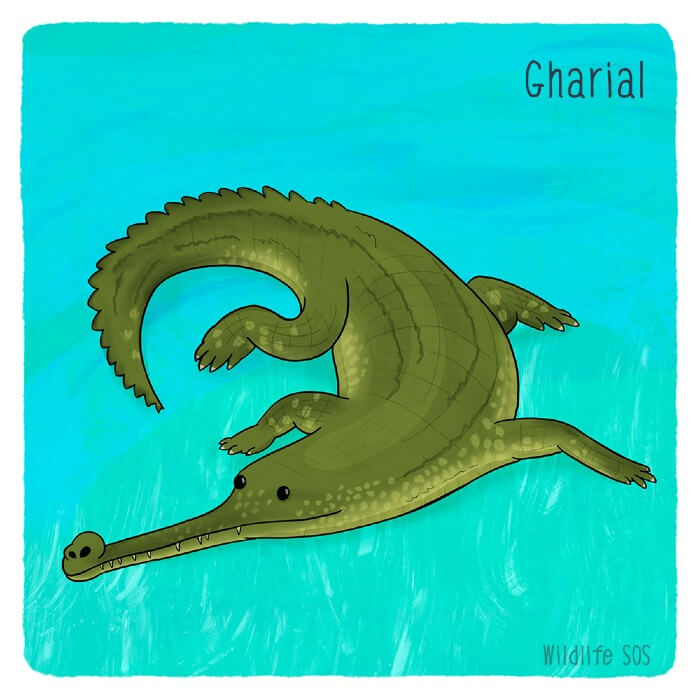
Himalayan Brown Bear
Family: Ursidae
IUCN status: Endangered
The Himalayan brown bear (Ursus arctos isabellinus) is found in the Himalayan states of Himachal Pradesh, northern Uttarakhand and union territory of Jammu & Kashmir. It is the largest of the four bears found in India and its wild population is estimated to be 500-700. However, this bear species faces a lot of threats in the form of climate change, habitat loss and man-bear conflicts. These conflicts occur because their habitats are getting degraded and shrinking day by day. Since 2007, Wildlife SOS has been assisting the J&K Wildlife Protection Department in training workshops in all the divisions of Kashmir as part of capacity building of the department officials. We also conducted awareness programs on waste management since bears were spotted in human habitations, attracted by open dustbins. Lastly, Wildlife SOS also runs two facilities in Dachigam and Pahalgam, which is home to 2 rescued and rehabilitated brown bears. However, the small population of this subspecies remains a cause of worry and gives enough reasons for conservationists to be on their toes.
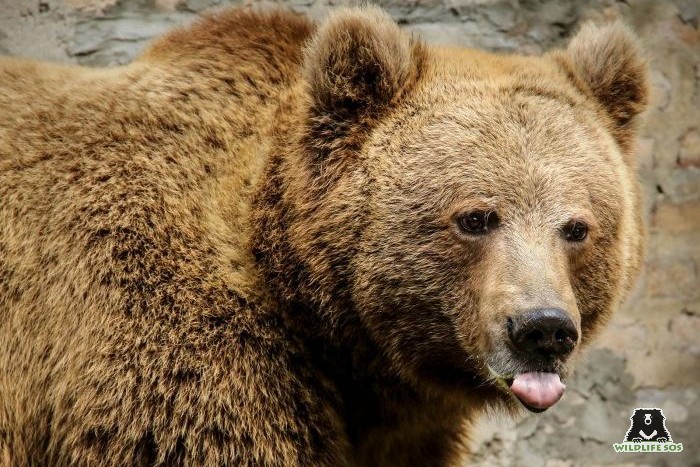
Greater One-horned Rhino
Family: Rhinocerotidae
IUCN status: Vulnerable
The Greater One-horned or Indian Rhino (Rhinoceros unicornis) is the largest of all rhino species. It is found in the alluvial Terai-Duar savanna grasslands and riverine forests, concentrated mainly in the Brahmaputra valley of Assam. Historically, rhinos were hunted for sport or killed to prevent agricultural damage in the late 19th and early 20th centuries. Today, the biggest modern problem facing the Indian rhino is poaching, which led to a drastic decline in their population. Although conservation efforts have caused numbers to bounce back, poaching rhinos for using their horns in traditional Chinese medicines is still a looming threat. Reportedly, close to 100 rhinos were poached in India between 2013 and 2018. Additionally, increased severity of floods caused by the Brahmaputra river due to climate change, habitat degradation, encroachment and livestock overgrazing are also some of the threats the Greater One-horned rhino faces today. Currently, out of the current global population of 3,700 Indian rhinos almost 2,700 individuals are found in India. Assam tops the list with 2,544 rhinos, followed by West Bengal (135).
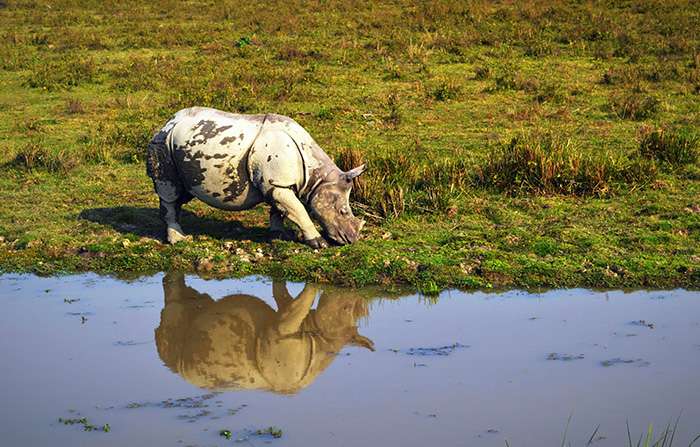
After learning about these realities, our aim should be to make these ‘endangered’ animals ‘safe’ again. One way to do that is to support NGOs and other organisations who work for the conservation of these animals and their habitats. You can consider becoming a monthly donor or sponsor for Wildlife SOS to safeguard the future of these animals.

